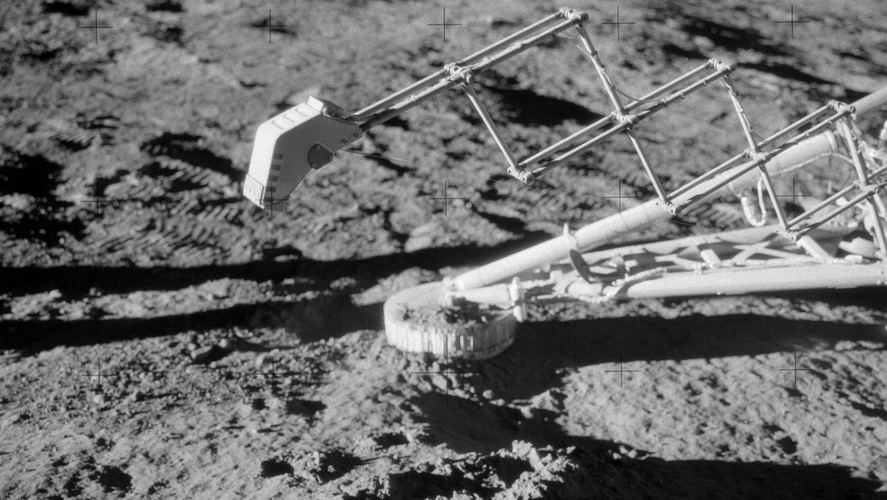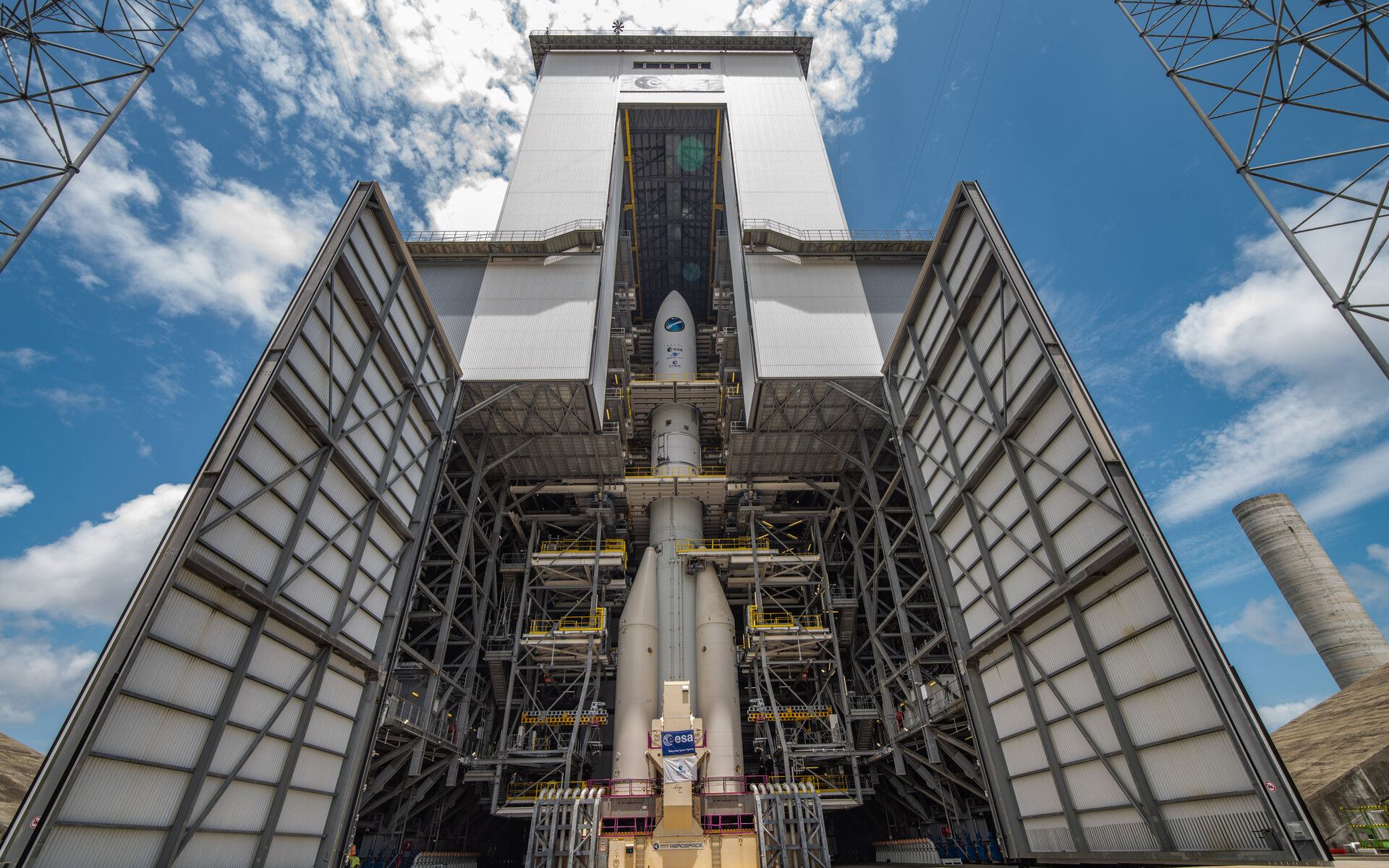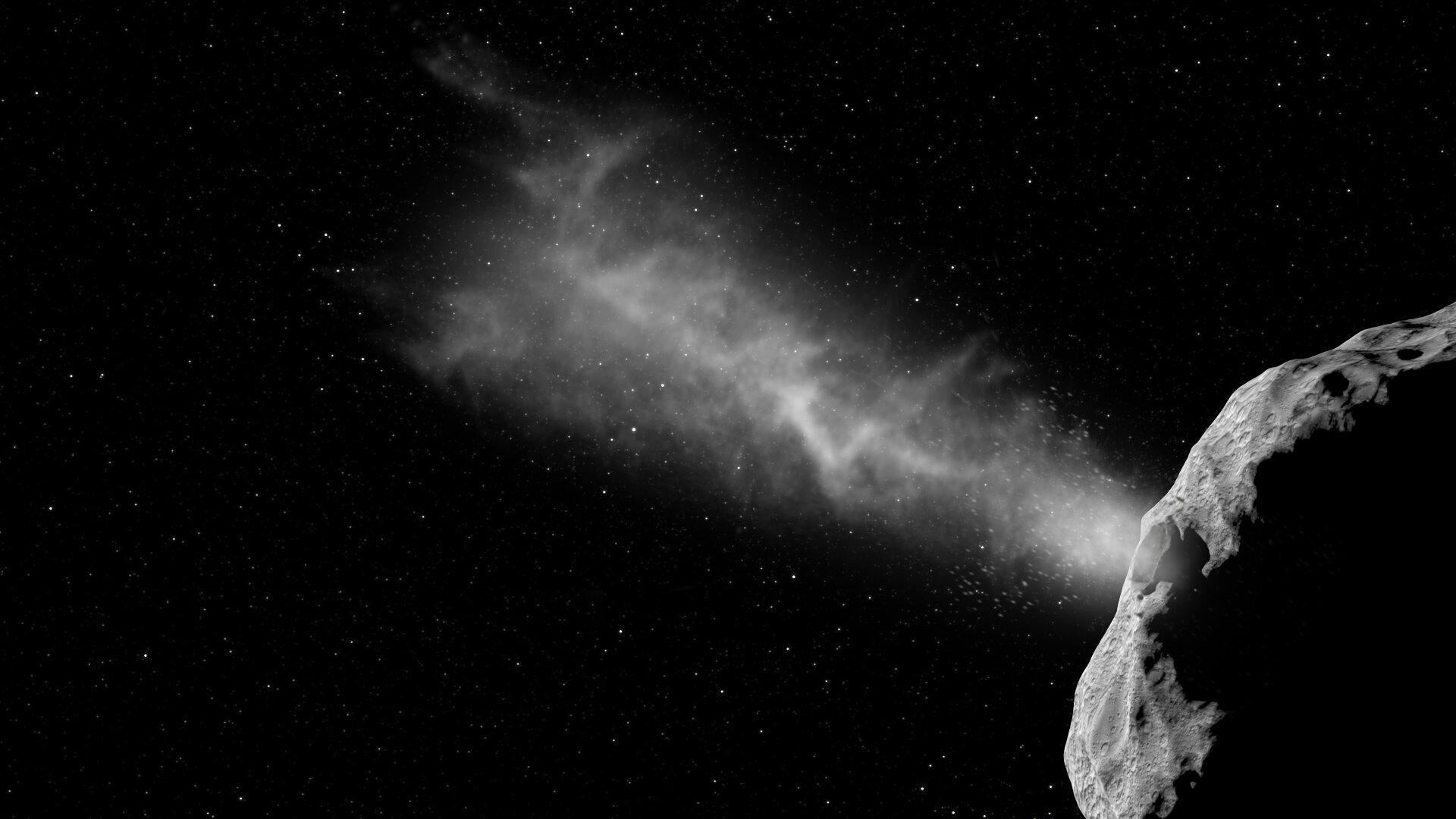Challenges have been a mainstay of space exploration for several years at this point. In the past, they have ranged from making a potential space elevator to designing a solar power system on the Moon. The European Space Agency is continuing that tradition and has recently released a new challenge focusing on lunar resources. Called the Identifying Challenges along the Lunar ISRU Value Chain campaign, this new ESA platform is the next step in the agency’s efforts to develop an entire “value chain” of in-situ resource utilization (ISRU) technologies.
Continue reading “ESA Wants Your Ideas for Living off the Land… on the Moon”New Photos Show Collapsed Chains of Craters on a Martian Volcano
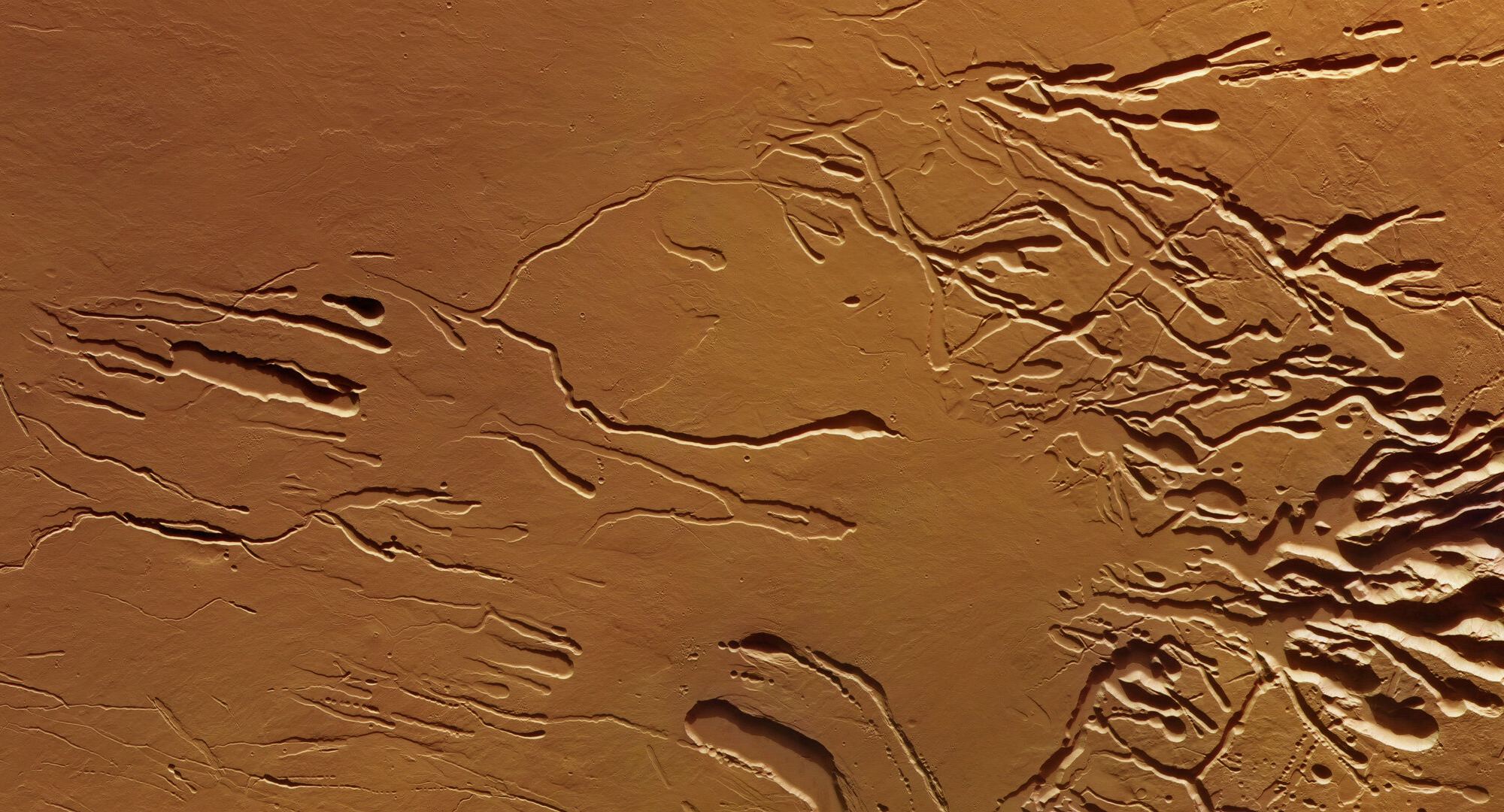
Most everyone is familiar with Olympus Mons, the largest volcano on Mars and also the largest in the Solar System. But there are several other enormous shield volcanoes on Mars. The second largest is Ascraeus Mons, and new images from ESA’s Mars Express spacecraft reveal some interesting features on the side or flank of the mountain.
Continue reading “New Photos Show Collapsed Chains of Craters on a Martian Volcano”ESA's Juice is On Its Way to Visit Jupiter's Moons
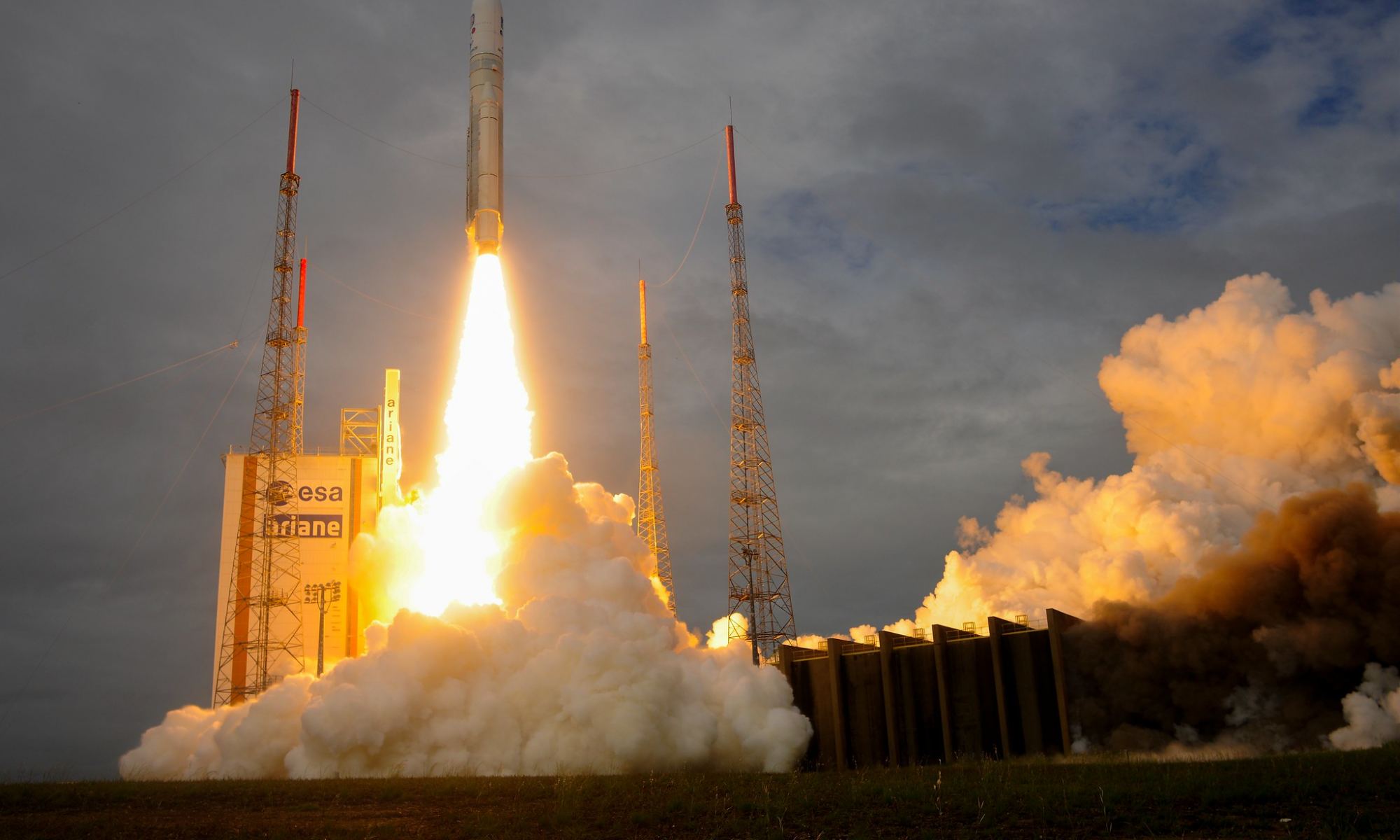
A new era of exploration at Jupiter’s moons began last week with the launch of the European Space Agency’s Juice, the Jupiter Icy Moons Explorer. This mission will visit three of Jupiter’s largest moons — Europa, Callisto and Ganymede — to investigate whether they could be potentially habitable, a question that’s been highly debated since the first evidence of subsurface oceans on these moons was seen by the Galileo mission in the 1990s.
Continue reading “ESA's Juice is On Its Way to Visit Jupiter's Moons”Astronomers Suspected There Should Be a Planet Here, and Then They Took a Picture of it

To date, astronomers have confirmed 5,272 exoplanets in 3,943 systems using a variety of detection methods. Of these, 1,834 are Neptune-like, 1,636 are gas giants (Jupiter-sized or larger), 1,602 are rocky planets several times the size and mass of Earth (Super-Earths), and 195 have been Earth-like. With so many exoplanets available for study (and next-generation instruments optimized for the task), the process is shifting from discovery to characterization. And discoveries, which are happening regularly, are providing teasers of what astronomers will likely see in the near future.
For example, two international teams of astronomers independently discovered a gas giant several times the mass of Jupiter orbiting a Sun-like star about 87.5 light-years from Earth. In a series of new papers that appeared in Astronomy & Astrophysics, the teams report the detection of a Super-Jupiter orbiting AF Leporis (AF Lep b) using a combination of astrometry and direct imaging. The images they acquired using the Spectro-Polarimetric High-contrast Exoplanet REsearch instrument (SPHERE) have since become the ESO’s Picture of the Week.
Continue reading “Astronomers Suspected There Should Be a Planet Here, and Then They Took a Picture of it”ESA is Building an Early Warning System for Dangerous Asteroids
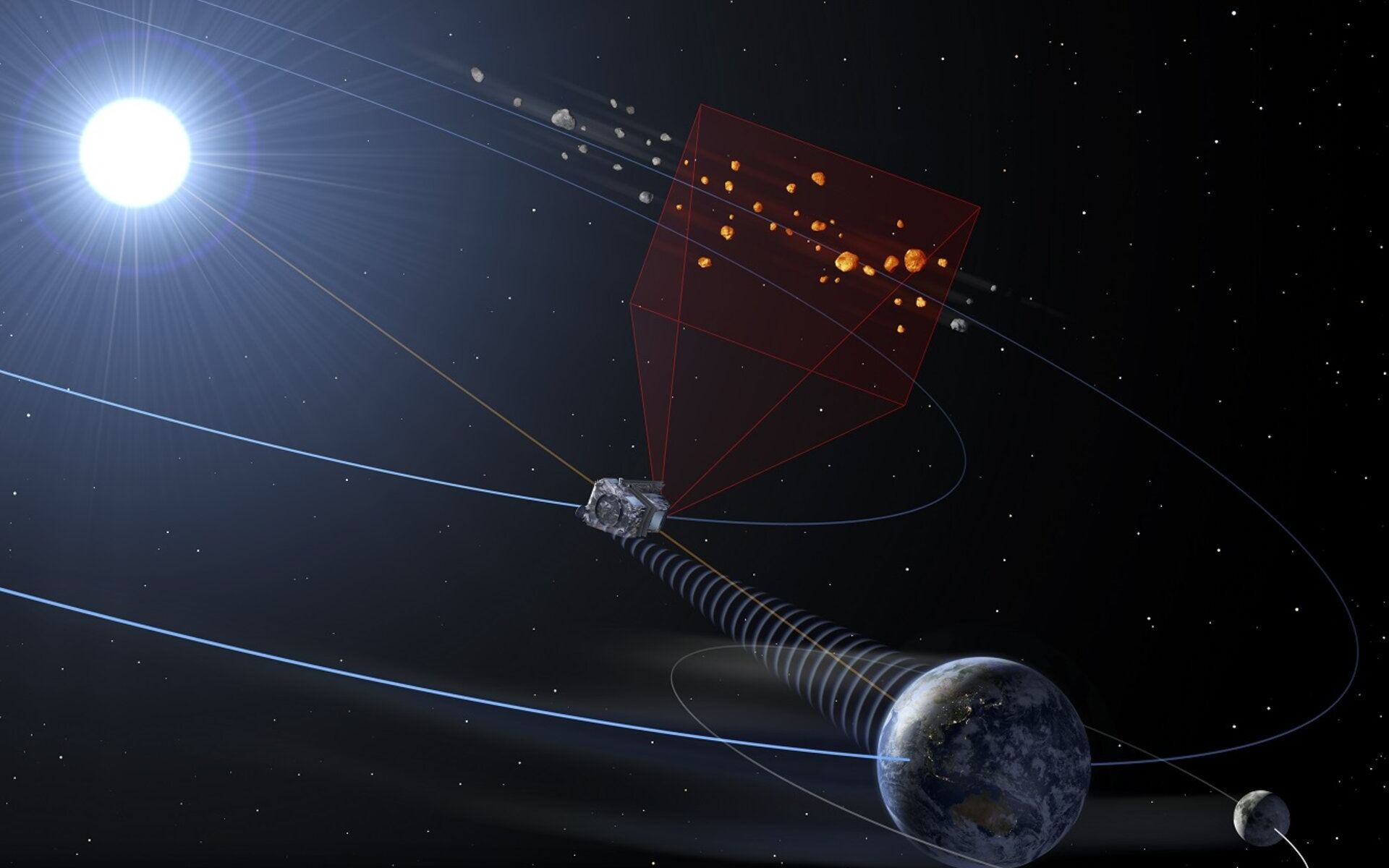
The European Space Agency is working on a new mission that would act as an early warning system for dangerous, hard-to-see asteroids. Called NEOMIR (Near-Earth Object Mission in the InfraRed), the spacecraft would orbit between the Earth and the Sun at the L1 Lagrange Point, finding space rocks that otherwise get lost in the glare of the Sun.
Continue reading “ESA is Building an Early Warning System for Dangerous Asteroids”Drag Sail Success! This Satellite Won't Turn Into Space Junk
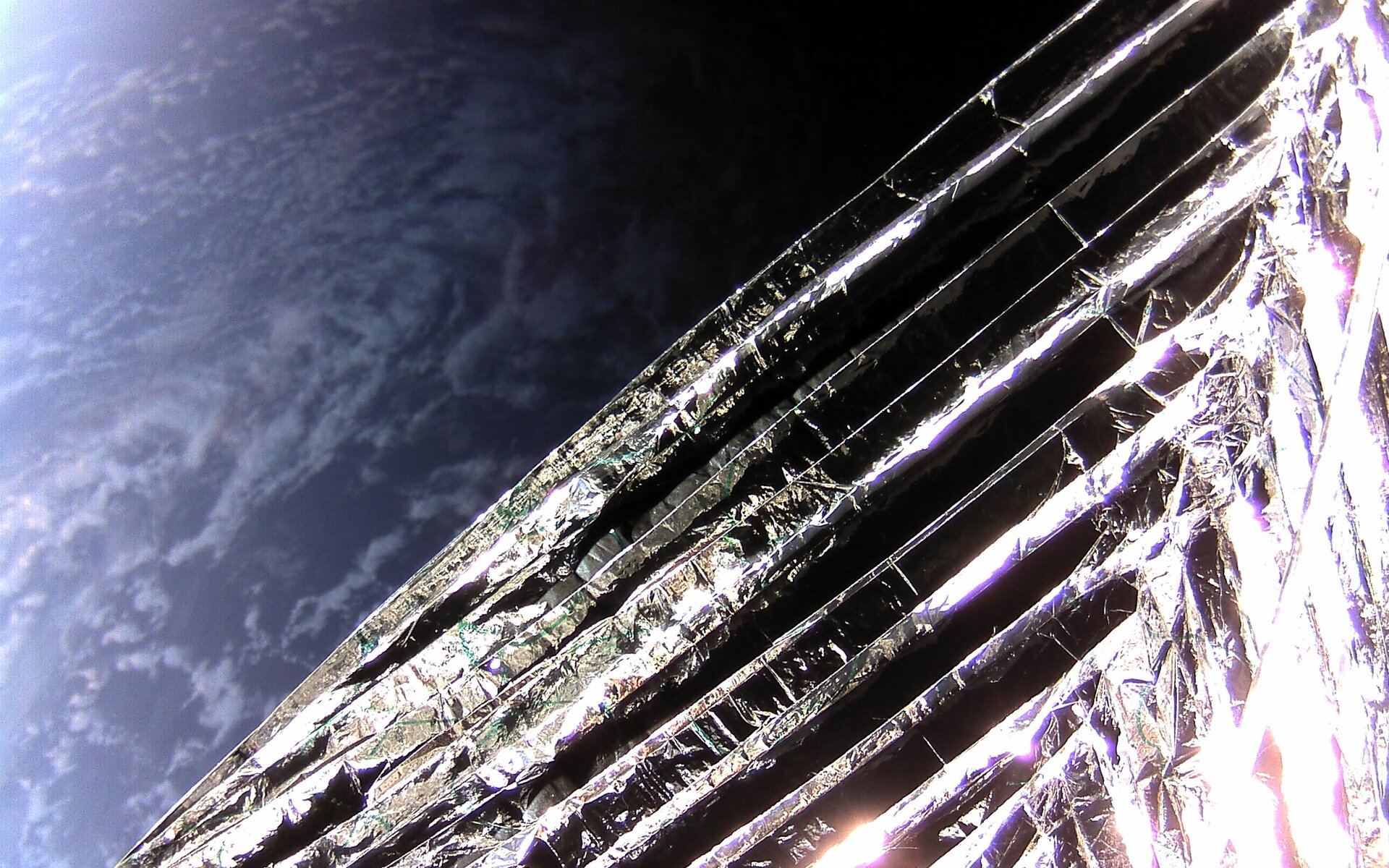
The European Space Agency successfully tested a solar-sail-type device to speed up the deorbit time for a used cubesat carrier in Earth orbit. The so-called breaking sail, the Drag Augmentation Deorbiting System (ADEO) was deployed from an ION satellite carrier in late December 2022. Engineers estimate the sail will reduce the time it takes for the carrier to reenter Earth’s atmosphere from 4-5 years to approximately 15 months.
The sail is one of many ideas and efforts to reduce space junk in Earth orbit.
“We want to establish a zero debris policy, which means if you bring a spacecraft into orbit you have to remove it,” said Josef Aschbacher, ESA Director General.
Continue reading “Drag Sail Success! This Satellite Won't Turn Into Space Junk”Europe Will be Building the Transfer Arm for the Mars Sample Return Mission
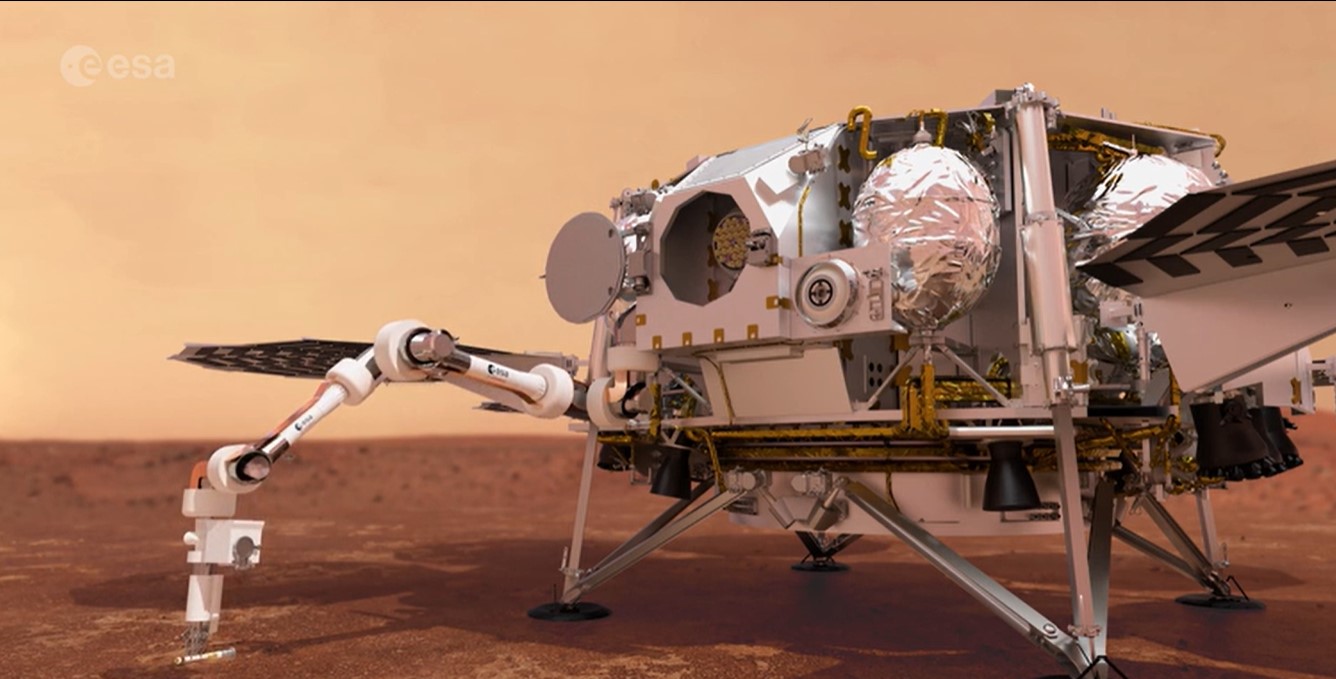
Now that the Perseverance rover has dropped off ten regolith and rock sample tubes for a future sample return mission to retrieve, the plans for such a mission are coming together. The mission is a joint venture between NASA and the European Space Agency, and ESA has agreed to build a 2.5-meter-long robotic arm to pick up tubes and then transfer them to a rocket for the first-ever Mars samples to be brought to Earth.
Continue reading “Europe Will be Building the Transfer Arm for the Mars Sample Return Mission”The New Ariane 6 Heavy Lift Rocket is Finally on the Launch Pad, But Won’t Liftoff Until Late 2023
A prototype of ESA’s new heavy lift rocket is now fully assembled and sitting on the launchpad at Europe’s Spaceport in French Guiana. But according to officials at a briefing last week, the space agency and the rocket’s prime contractor, ArianeGroup, have decided to delay the first flight of the Ariane 6 to the fourth quarter of 2023 after several issues were brought to the fore in an external review.
Continue reading “The New Ariane 6 Heavy Lift Rocket is Finally on the Launch Pad, But Won’t Liftoff Until Late 2023”The First Telescope Images of DART's Impact are Starting to Arrive
On September 26th, at 23:14 UTC (07:14 PM EST; 04:14 PM PST), NASA’s Double Asteroid Redirect Test (DART) spacecraft successfully struck the 160-meter (525 ft) moonlet Dimorphos that orbits the larger Didymos asteroid. The event was live-streamed all around the world and showed footage from DART’s Didymos Reconnaissance and Asteroid Camera for Optical navigation (DRACO) as it rapidly approached Dimorphos. In the last few seconds, DART was close enough that individual boulders could be seen on the moonlet’s surface.
About 38 seconds after impact, the time it took the signal to reach Earth, the live stream ended, signaling that DART had successfully impacted Dimorphos and was destroyed in the process. Meanwhile, teams of astronomers stretching from the Indian Ocean to the Arabian Peninsula watched the impact with their telescopes. One, in particular – the Les Makes Observatory on the island of Le Reunion in the Indian Ocean – captured multiple images of the impact. These were used to create a real-time video and show the asteroid brightening as it was pushed away, followed by material ejected from the surface.
Continue reading “The First Telescope Images of DART's Impact are Starting to Arrive”Robots Might Jump Around to Explore the Moon
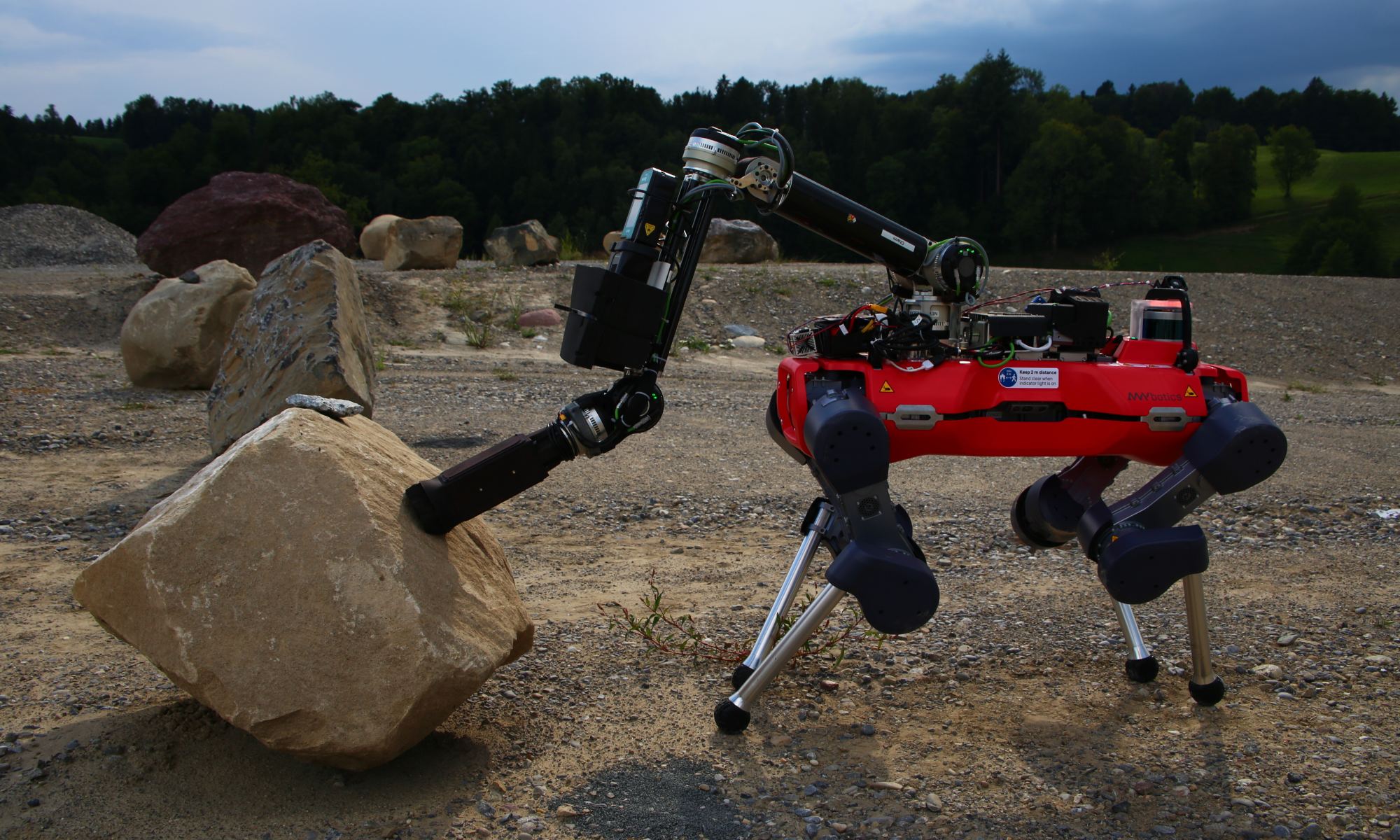
How great are wheels, really? Wheels need axles. Suspension. Power of some kind. And roads, or at least swaths of relatively flat and stable terrain. Then you need to maintain all of it. Because of their cost many civilizations across human history, who knew all about wheels and axles, didn’t bother using them for transportation. Another way to look at it – much of human technology mimics nature. Of the simple machines, levers, inclined planes, wedges, and even screws are observed in nature. Why not the wheel?
Continue reading “Robots Might Jump Around to Explore the Moon”
